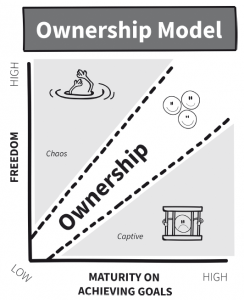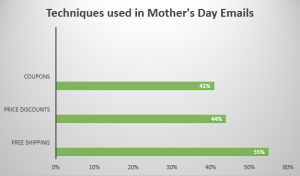Tying martech projects together may create efficiencies but also risks. Consider these areas to determine if it’s worth the risk.
When managing multiple martech projects, it can be tempting to combine efforts if there are overlapping tasks or shared goals. But doing so comes with risks. Before deciding to integrate projects, it is critical to thoroughly assess the implications.
Combining martech initiatives may seem efficient on the surface. But in reality, intertwining projects increases the chances that issues with one effort will cascade into the other. What could have been one delayed project now becomes two.
As martech and MOps professionals, we must guide project sponsors on the pros and cons. Below are key questions you should ask to uncover the potential downstream effects of combining martech projects.
1. What are the dependencies upon each project?
Each project has many things that are dependent upon them, and a good place to start when answering this question is to go to the affected stakeholders.
For instance, does the paid search team have a large campaign ready for a holiday or special event with significant dependencies upon one or both projects? Does the team need to collect specific information? Does the campaign need to pull data from a new or existing source in order to target specific audiences?
Some important stakeholders include finance and legal. Perhaps one or both of the projects are crucial to bring the organization into compliance with new regulations that are taking effect soon.
It is important to focus on the systems interactions needed to meet these business goals. There’s a chance that someone may point out that there’s a better approach than what’s proposed by combining projects. That may allow the organization to proceed with the projects independently.
2. Why are these systems integrated like they are?
This is certainly a basic question, and the business stakeholders are very likely going to help answer this question. Treating this as a merely technical question is a mistake.
The business stakeholders can help explain why things were set up as they are. For instance, they may want a customer who purchased something to have immediate access to certain information and functionality after completing a transaction. With that expectation, the technical stakeholders made critical decisions regarding integrations and cadence of data flows.
Business requirements have likely changed, meaning the current and future states require something different than in the past. Granted, the business stakeholders are likely not in the technical weeds, but their requirements dictate what occurs in the weeds.
Keeping the business perspective in mind can help shed light on the need to combine or separate projects. Technical decisions regarding projects should always incorporate the overall business needs.
Dig deeper: How strategic martech integration drives business growth
3. Is there a more agile/iterative way to approach the project overlaps?
Killing two birds with one stone is certainly appealing. However, what may seem like a quick or efficient decision may lead an organization to bite off more than it can chew.
That’s where an agile approach may make more sense. Taking an iterative approach is critical to the Agile project management philosophy. Instead of setting large goals, how about breaking things down into smaller projects? That way, delivering value more frequently and adjusting as needed is easier.
An iterative approach certainly has virtues for complex projects that will take a long time to complete. Instead of combining two large projects into a mega-sized project, consider the virtues of several smaller projects.
4. Do the project overlaps call attention to unnecessary system or process overlaps?
Large projects are great times to ask questions about the current state of your martech stack and processes. This usually happens during the discovery and planning phases, when you assess where things are and where you want them to be. It’s a great chance to make improvements.
For example, the projects at hand may present an opportunity to decouple systems or processes that have overlaps that aren’t efficient. When a system gets data from another system, perhaps there’s a more efficient data flow that can eliminate dependency upon one of the systems.
5. What’s at stake if one or both projects are delayed?
While the dependencies question is important to scope out system interactions, this question better fleshes out the costs and risks. This question is crucial yet challenging to answer.
I have seen on multiple occasions one project derail and then careen into another project and derail that. Unfortunately, asking this question before projects start doesn’t eliminate this risk. However, it is helpful to answer this question in advance.
Business stakeholders are very likely best equipped to answer such a question. Maybe marketing has a cool and critical campaign that it needs to launch. Perhaps legal has identified a new regulation that the company needs to comply with by a certain date. Then there’s product launches, mergers, new audiences, etc.
Further, what are some of the other costs of delays? For instance, how much more will vendors and consultants charge for scope and schedule changes?
A greater risk doesn’t necessarily translate into a greater reward. Failing to comply with a new regulation or delaying a product launch, for instance, is very costly. I doubt short-term efficiencies will sufficiently recoup any costs or lost opportunities.
An art, not a science
Making such decisions is difficult, and it is important to acknowledge that. No single article or column can provide solid guidance for every situation. However, keeping this perspective and answering related questions can help mitigate risks.
Martech and MOps practitioners are frequently involved in decisions on whether to combine projects. They’re also uniquely equipped to evaluate the potential risks and gains. It is important to carefully weigh the options and shine by helping the organization excel.
The post Combining martech projects: 5 questions to ask appeared first on MarTech.
MarTech(5)







